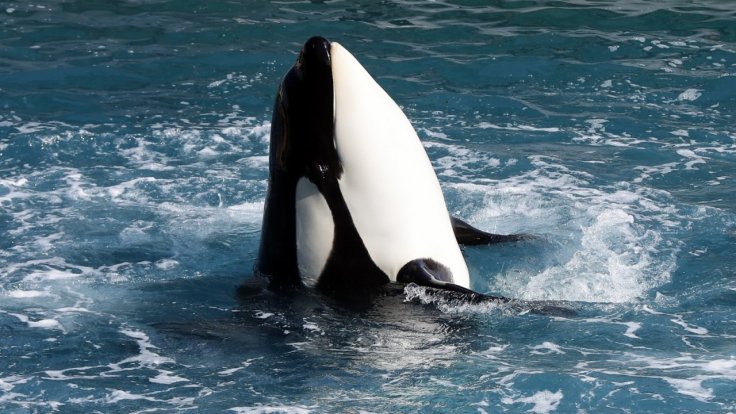
Some cetaceans apparently use "nets" to hunt their food. In a rare video, it was seen how whales dive down and swim around their prey and blowing out bubbles as they go, forming a bubble net. The rising bubbles form a column that traps the prey. Other whales swim up and catch the prey.
Scientists have caught it on camera with drone footage showing the overhead view of the whales in action – creating the bubble nets. Also, the marine biologists at the University of Hawaiʻi at Mānoa fixed cameras and sensors on whales by using suction cups to find out interesting and fascinating behaviour about humpback whales (Megaptera novaeangliae), Science Alert reported.
"We have two angles. The drone's perspective is showing us these bubble nets and how the bubbles are starting to come to the surface and how the animals come up through the bubble net as they surface, while the cameras on the whales are showing us the animal's perspective," said marine biologist Lars Bejder of the university's Marine Mammal Research Program. "Overlaying these two data sets is quite exciting."
During the summer, the migratory humpback whales visit Alaska before heading towards the warmer waters around Hawaii during the winter. There the whales will breed and will raise their calves. The whales generally don't eat during this period; they stock up huge reserves of Alaskan krill in order to survive this energy-expensive time.
Researchers wanted to find out the hunting techniques of the whales and therefore stuck cameras and accelerometers and took drone video from above. It is fascinating to see the bubble net feeding technique as it seems to be a learned behaviour. Moreover, not all humpback whales catch their prey in this manner, they can use varying techniques. Also, the process is very cooperative, showing how the whales work together and make sure that everyone gets to eat.
"The footage is rather groundbreaking," Bejder said. "We're observing how these animals are manipulating their prey and preparing the prey for capture. It is allowing us to gain new insights that we really haven't been able to do before."









